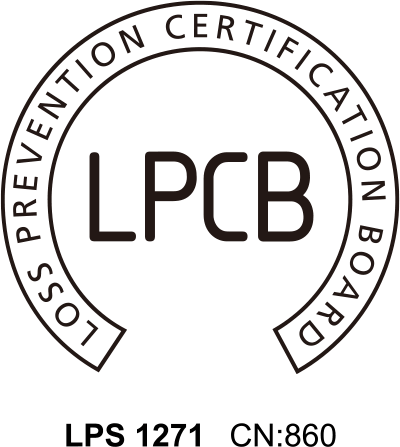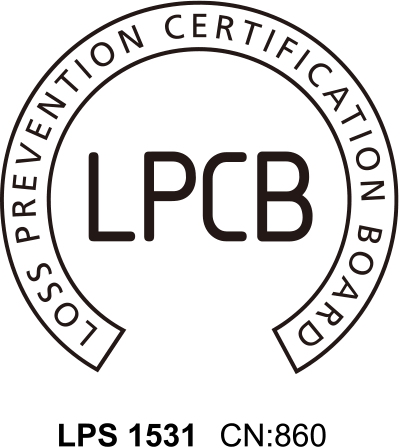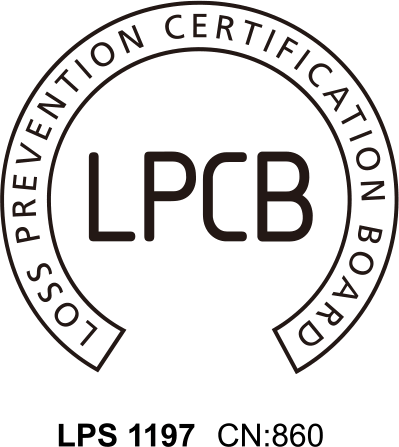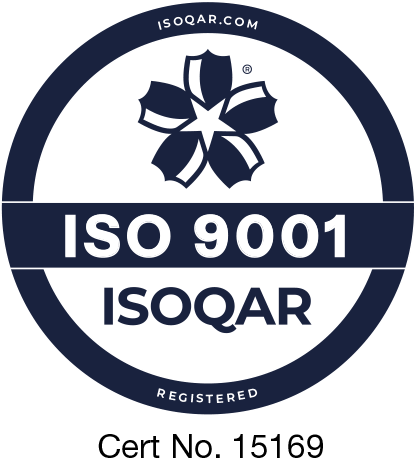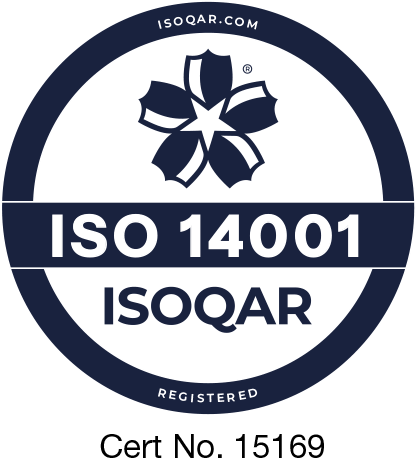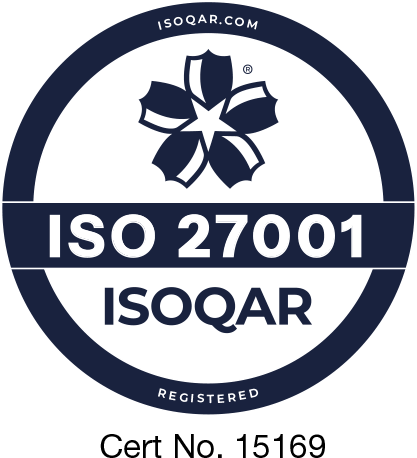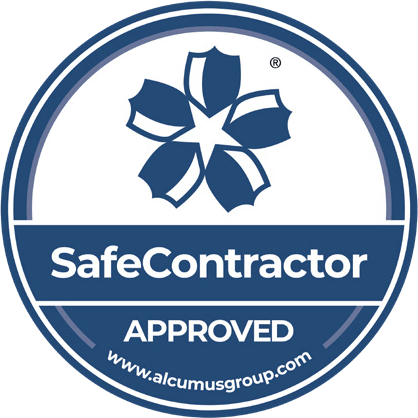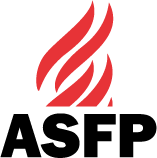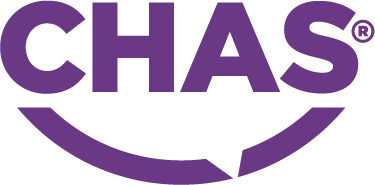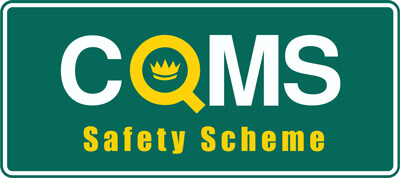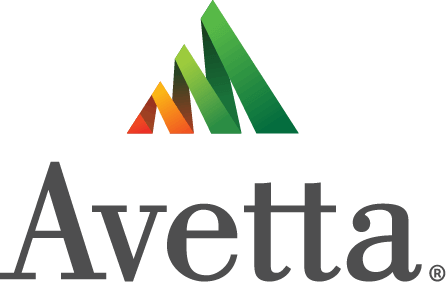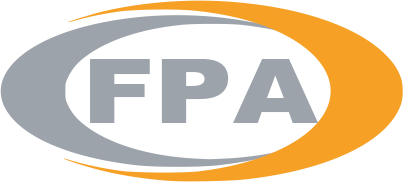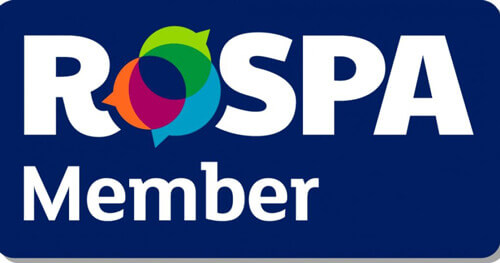Fire-rated wall assemblies and passive fire-stopping systems are key elements to the design of all commercial buildings.
With hundreds of lives often at stake and rebuild costs that can reach into the millions, it is no surprise that fire protection is one of the highest priorities of today’s commercial construction projects. While active fire protection solutions, such as fire extinguishers, smoke detectors, and sprinkler systems, may be the first to come to mind, it is crucial for project teams to give the same consideration to passive fire protection systems. Though passive fire protection systems are less visible than active fire protection systems, their function is equally as important.
Embedded in interior building assemblies, passive fire protection systems use fire-resistant materials to compartmentalize flames, smoke, and toxic gases at their point of origin. Compartmentation strategies involve the construction of barriers that divide a building into smaller units, which can confine a fire and allow the structure to avoid dependence on any singular fire safety plan.

Most importantly, compartmentation limits the distance a fire can spread throughout the building and complements the sprinkler systems. This reduces property damage and affords occupants the needed time to safely evacuate the structure. Otherwise, the passive fire protection systems lie dormant and hidden from public view until a fire spurs them into action.
The most important area of concentration for passive fire protection systems is wall assemblies. All of today’s building codes require these assemblies to be tested by industry standards to evaluate their fire resistance.
Evaluating fire-rated wall assemblies
Passive fire protection strategies require a systematic approach—using an assembly of several different fire-resistant products that work together to impede the passage of flames, smoke, and toxic gases throughout a building. Such is the case with wall assemblies. For example, most exterior and interior commercial wall assemblies feature nonstructural cold-formed steel studs, fibreglass batt insulation, and gypsum wallboard—all materials with naturally high fire resistance. All three materials perform very well together in wall assemblies and are used in various combinations of thickness and numbers of layers to increase fire resistance. Walls (structural or nonstructural), floors, and ceilings can serve as fire barriers as long as they have a fire rating.
Noncombustible wall assemblies must be constructed from fire-resistant materials and include only minor combustible components, such as paint and electrical outlets. All combinations of assemblies are tested to establish hourly fire ratings.
Fire partitions
Another important wall assembly demanding fire-resistance performance is the fire partition. Fire partitions are required between adjacent apartments or townhouses, and in some cases, they are required in commercial and institutional buildings. Fire partition walls are typically continuous from an exterior wall to an exterior wall, or from a floor below to a floor or roof above, or from one fire partition to another fire partition, having a fire-resistance rating equal to or greater than the required rating for the application. Fire partitions are continuous through concealed spaces (e.g., above a ceiling) to the floor deck or roof deck above the barrier.
The most common applications for fire partitions include shopping malls, dormitories, hotels, and other types of multi-dwelling units. Any openings that are present in a fire partition and fire barrier must be restricted in size, as well as closed with fire-rated glass or fire doors.
Checkmate Fire have extensive experience in retail, healthcare, commercial, education, and all multi-dwelling environments. for more information contact us.
You might also like...

Commercial

Checkmate Fire Introduces App to Solidify Reputation for Quality and Compliance
For the past eight months, our internal compliance department has helped us to go above and beyond the standards set by industry bodies and provide both double the protection and double the value to our clients.

‘Path to Passive Fire Compliance’ CPD a Huge Success!
Checkmate Fire enjoyed another successful CPD event, hosted by our insurance partners, Aviva, in Bristol this month.
